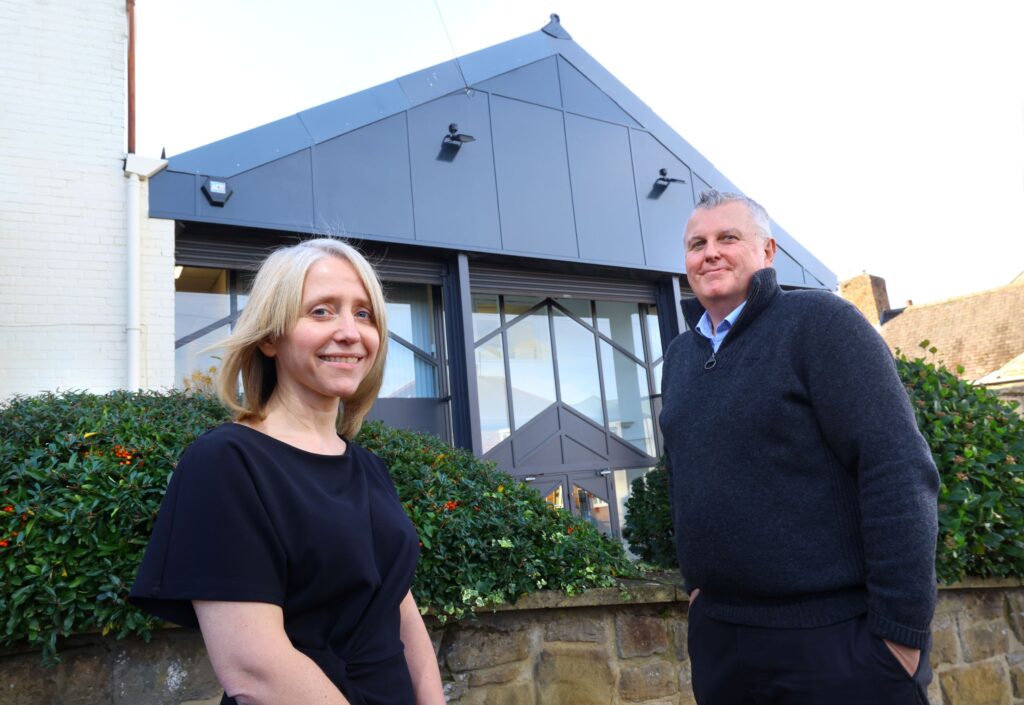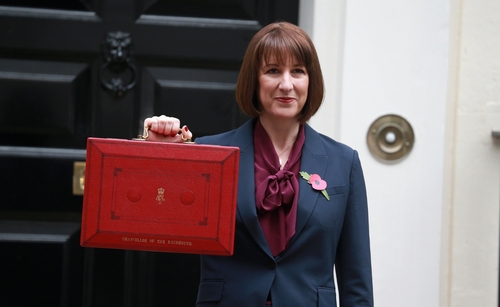Making Tax Digital for Business: VAT
Home » Business Tax »
HMRC is phasing in its landmark Making Tax Digital (MTD) regime, which will ultimately require taxpayers to move to a fully digital tax system. In 2017, HMRC announced the postponement of MTD for income tax until ‘2020 at the earliest’. MTD for VAT will be implemented in April 2019.
Under the MTD regulations, businesses with taxable turnover above the VAT threshold (currently £85,000) must keep digital records for VAT purposes and provide their VAT return information to HMRC using ‘functional compatible software’.
For most businesses, compliance with the regulations is mandated for VAT return periods beginning on or after 1 April 2019. However, MTD for VAT for some ‘more complex’ businesses has been deferred until 1 October 2019. This deferral applies to: trusts; not for profit organisations not set up as companies; VAT divisions; VAT groups; public sector entities such as government departments and NHS Trusts which have to provide additional information on their VAT return; local authorities; public corporations; traders based overseas; those required to make payments on account and annual accounting scheme users.
MTD for VAT guidance
HMRC has published VAT Notice 700/22: Making Tax Digital for VAT. The notice defines ‘functional compatible software’ and details the transaction-level data that needs to be recorded and retained within the software. Parts of the notice have force of law, and some businesses may find that a concession from keeping certain digital records may apply to them.
Software
Under the new MTD rules, businesses will have to use ‘functional compatible software’. This means a ‘software program or set of compatible software programs which can connect to HMRC systems via an Application Programming Interface (API)’. This must be capable of:
- keeping records in digital form as specified by the new rules
- preserving digital records in digital form
- creating a VAT return from the digital records held in compatible software and submitting this data to HMRC digitally
- providing HMRC with VAT data on a voluntary basis
- receiving, via the API platform, information from HMRC to ascertain compliance. It is as yet unclear what this means, but it may relate to HMRC’s ability to send compliance prompts and nudges.
How are the records to be kept?
Keeping digital records will not mean businesses are mandated to use digital invoices and receipts, but the actual recording of supplies made and received must be digital. Software will not be available from HMRC, but a list of software providers who have tested their software as part of the pilot has been published. The use of spreadsheets will be allowed, but they will have to be combined with add-on software to meet HMRC’s requirements.
Example
A business may use one piece of accounting software to record sales and purchases, transferring the totals into a spreadsheet to calculate the VAT return. The information is then sent to a piece of bridging software to submit the VAT return to HMRC. Here three pieces of software are involved. To qualify as functional compatible software, the links between them will have to be digital. The MTD for VAT notice explains that a digital link is one that involves no manual copying of data.
Income tax
Whilst digital record keeping for income tax purposes will not be mandated until 2020 at the earliest, it is now possible to take part in the MTD for income tax pilot. Participation is available for sole traders and unincorporated property businesses, and will involve digital record keeping and making quarterly returns to HMRC.
Helping with the challenges
Whatever the size of your business, there is a time of great change ahead, and we are on hand to help with the challenges. Even though the income tax requirements of the Making Tax Digital for Business programme have been delayed, the government is still fully committed to its implementation.
We advise considering the impact of MTD for VAT now. Any business not using digital accounting records will need to do so as soon as possible, and spreadsheet users may need bridging software or API-enabled spreadsheets to submit VAT returns. If you use a combination of different software systems and spreadsheets, decide how to have digital links in place by 2020, and how returns will be filed from 2019.
Many businesses are now able to join the MTD for VAT pilot run by HMRC. Joining the pilot will require you to obtain compatible software. If you already use software, you will need to check with your provider to see if it MTD compliant before applying.
We would be happy to help you with any issues arising from MTD for VAT. We would also be able to undertake bookkeeping services for you to enable you to comply with the requirements.
Appendix
More detail on the MTD for VAT
- Exemptions
- Preservation of records
- Content of records
- The VAT account
- VAT schemes
- VAT returns
- Error corrections
Exemptions
Just as there are exemptions from electronic filing at present, there are some exemptions from the MTD for VAT regime, and these follow the same lines. They are for businesses:
- which satisfy HMRC that they are practising members of a religious society or order whose beliefs are incompatible with the use of electronic communications
- to whom an insolvency procedure applies
- which satisfy HMRC that for reasons of disability, age, remoteness of location or any other reason, it is not reasonably practicable for them to make a return using an electronic return system.
You will need to apply to HMRC in order to request exemptions from complying with MTD by contacting them on 0300 200 3700. If you are already exempt from filing your VAT online you will be treated as exempt for MTD. If HMRC are not satisfied that the person is exempt for any of the above reasons, they will provide digital assistance.
Preservation of records
As well as keeping digital records, businesses will have to preserve them in digital form. They will have to preserve digital records in ‘functional compatible software’ for up to six years. Where a business deregisters for VAT, it will have to preserve records for up to six years.
Businesses to which MTD no longer applies will not have to maintain ongoing records in digital format.
Content of records
The information to be kept and preserved digitally includes:
- ‘designatory data’: this is business name, principal place of business, VAT registration number, information about any VAT accounting schemes used
- VAT account linking primary records and VAT return
- information about supplies made and received
The VAT account
The following data will be kept digitally.
VAT payable portion:
- total output tax due for VAT return period
- total output tax on acquisitions from other EU member states
- total output tax on supplies received where the business is required to account for and pay on behalf of the supplier (reverse charge output tax).
VAT allowable portion:
- total input tax allowable for VAT return period
- total input tax allowable on acquisitions from other EU member states.
Adjustments:
Adjustments made, corrections of errors in calculating VAT payable in previous periods, and any other adjustments made as required by VAT rules (such as retail scheme annual adjustments or partial exemption annual adjustments).
Here however, it is only the total of each adjustment that needs to be kept digitally – not the underlying calculations.
Exceptions
Where HMRC are satisfied that keeping and retaining the specified information for each transaction is ‘likely to be impossible, impractical or unduly onerous,’ they can vary the detail required to be kept electronically.
The notice also includes some relaxations for recording sales and purchases made by third parties; it will be possible to enter the totals on the third party’s sales summary as one single transaction.
VAT Schemes
Retail scheme users will be allowed to record electronically sales transaction data based on daily gross takings, rather than recording details per sale.
Flat rate scheme users will need to record the relevant information in a digital form but the extent of the records will mirror current record keeping requirements.
VAT returns
Nine boxes
There will be a minimum of nine boxes to complete the return. The information on the return will ‘be generated by pulling information from the digital records’ – a hands-free process.
At present only the totals for the nine boxes need to be submitted to HMRC not the underlying transactions, although this can be done on a voluntary basis.
Other updates
There is also provision for businesses to make voluntary ‘periodic updates’ – in other words, for them to supply information outside the VAT return cycle.
At present only the totals for the nine boxes need to be submitted to HMRC not the underlying transactions, although this can be done on a voluntary basis.
Supplementary data
If a business chooses to do so, they can submit supplementary data when submitting their VAT return. The supplementary data will contain a breakdown of the box 6 outputs figure, showing the period totals of standard rate, reduced rate, zero rate, exempt and outside the scope transactions.
HMRC have also stated that, should they select a business for an enquiry, they may look at any supplementary data submitted by the business. This data may satisfy HMRC that they do not need to contact the business after all.
Error corrections
The procedure here will broadly be the same as at present with regard to amending VAT accounting records. Corrections to VAT returns already submitted will be made as at present, with non-deliberate errors below the reporting threshold adjusted on the next VAT return, (if within the four year time limit) and other errors reported through VAT652.
If you have any questions or require any assistance with MTD please do not hesitate to contact us.
In this section



